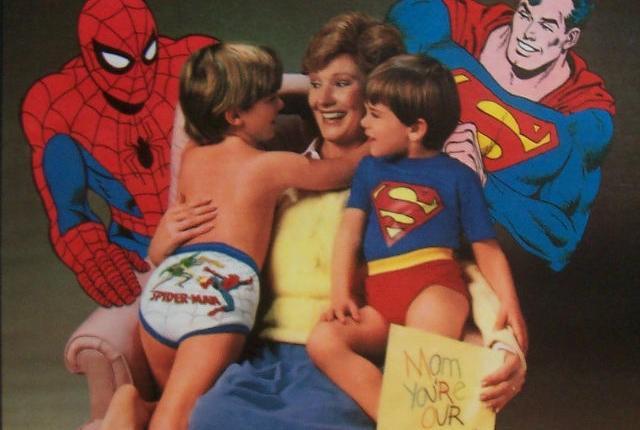His idea was to splash familiar emblems and characters from popular culture on the garments, creating a feeling of empowerment. Tighty whities did little for a child’s self-confidence. Put him in a pair of Batman shorts, however, and maybe he feels a couple of inches taller, a little broader in the shoulders.
Weiss was confident it had appeal. But Hanes had passed on the idea. So did the Scott Paper Company, which spent a year in development before senior executives got cold feet. Though he began working on the project at the urging of an ad firm, Weiss had taken on the financial burden of licensing Marvel, DC, and other characters himself. When Scott backed out, Weiss had gotten them to agree to pay for the next year’s merchandising rights to Batman, Superman, Spider-Man, and all the rest.
The money could buy another year of shopping the idea—but Weiss was broke. “I had my own $64,000 question,” he says. “I was poor at the time. I get a check from Scott. I could take it and say, ‘Well, bad idea, but at least I got a little money,’ or I could move forward.”
Even though two companies had shown him the door, Weiss was sure his concept would be a success. He made the renewal payments to DC, Marvel, and the others, and hoped someone would share his enthusiasm—to understand that he wasn’t really selling underwear, but a secret identity, and that his Underoos were destined to become one of the biggest licensing success stories since Fruity Pebbles.
Weiss would know. He came up with that one, too.
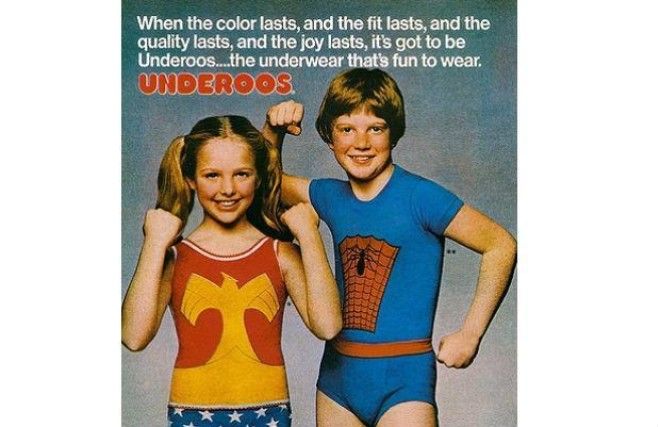
Working as a product manager for Post Cereal in the late 1960s, Weiss was determined to crack the problem of kids running out of the house without eating breakfast. After speaking with licensing representatives from DC, Marvel, Archie, and Hanna-Barbera, he pitched the idea of re-branding Post’s flailing Sugar Rice Krinkles into a Flintstones tie-in product.
Fruity Pebbles was an immediate hit. “It was putting entertainment together with cereal,” he says. “Not just promotion, but interweaving mythology.” Instead of 30-second ad spots, Post suddenly had 30-minute cartoons that doubled as marketing tools.
Though his planned Batman and Superman cereals didn’t make it to shelves, Weiss’s connections with the comics publishers wound up being invaluable. While working as a freelance research and development brain for hire in the late 1970s, he was approached by an advertising firm to see if he had any novel ideas for the underwear category.
Weiss sat down and sketched what was then a revolutionary concept for the market. Instead of selling packs of tops and bottoms separately, he imagined a combination shirt and underwear set—one to a pack—that traded boring white cotton for flashy replicas of comic hero costumes: Superman, Spider-Man, Wonder Woman, all part of the modern mythology revered by children. Weiss subverted the misery of buying or receiving underwear as a gift and turned it into a transformative experience.
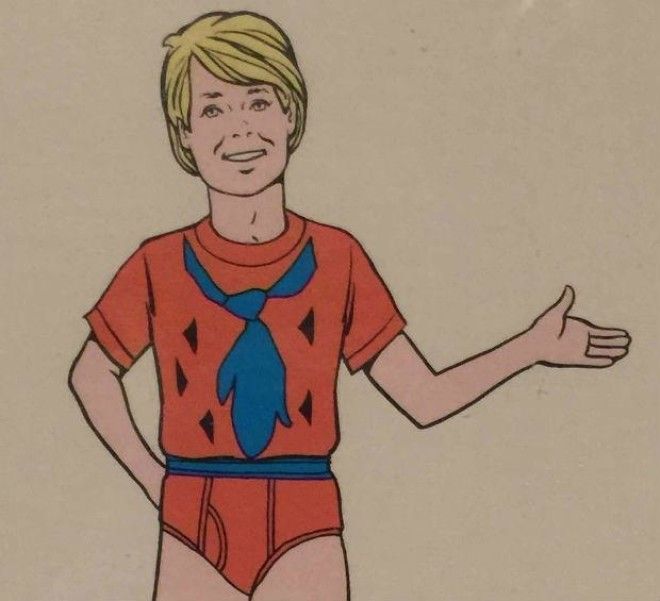
An early concept sketch for Fred Flintstone Underoos.
After Hanes and Scott Paper passed, Fruit of the Loom asked if they could step in and take over the entire operation. (The company had originally planned to source apparel for Scott, which didn’t manufacture any of their own.) Weiss, who had put all his chips on the table, agreed. The parties decided to market under the name Underoos, which is what Weiss’s 9-year-old son had come up with after seeing his father’s sketches.
But Weiss had grown to have some concerns of his own. Having flirted with a Ph.D. in experimental psychology at the University of Minnesota before shifting to business, he feared he knew just enough to hang himself. He consulted with a psychologist at Yale, showed her a bunch of Superman underwear, and asked if his idea might be too good—if it could prompt a kid to climb out of a third-story window and leap out.
No, she answered. No sane child would believe they could fly because of their brand of underwear.
“So that was that,” Weiss says. Not long after, millions of children spent the wind-ups to birthdays, holidays, or school shopping begging their parents for—of all things—underwear. The kids wanted Underoos.
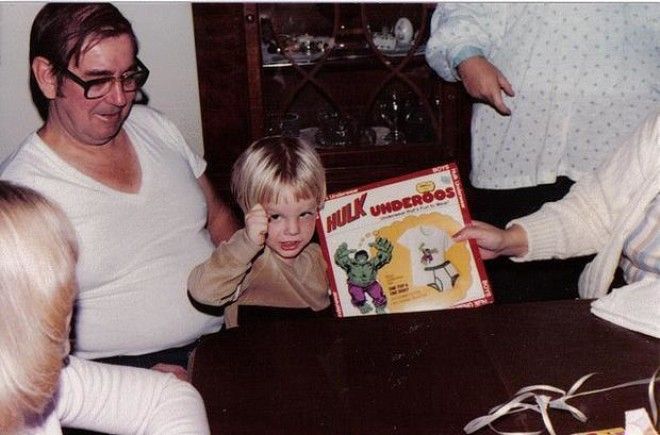
Joseph Novak
It was a good time to get into the fancy underwear business. When Underoos debuted in 1977, Star Wars had just reignited the idea of modern-day mythology; the following year, Superman: The Movie was the first big-budget attempt to translate the spectacle of a comic book onscreen.
“It kind of all happened together,” Weiss says. “The timing was just right.”
In market testing, Underoos were the only product Weiss had ever been involved with that garnered a 98 percent approval rating; while still exclusive to the Los Angeles and New York areas, they began appearing in other parts of the country. It was a form of underwear bootlegging, and it convinced Fruit of the Loom to roll out the line quickly.
Another Weiss conceit was to get rid of the standard blocky shrink-wrap and package Underoos in what looked like a record album sleeve, with enough room for key art. Huge kiosks stuffed with inventory began erupting all over the country.
“For a time, it was the only non-Sears clothing product in Sears,” Weiss says. “J.C. Penney wanted to buy it outright, but I had a deal with Fruit of the Loom.”
Though companies like DC and Marvel rarely collaborated with one another, they allowed Weiss to feature both of their characters in the same ads.
Major attractions like Batman and Superman were best-sellers; to avoid shopper fatigue, Weiss advised Fruit of the Loom to cycle them out, with one being available for six months and then swapping places with the other. Spider-Woman, Pac-Man, and the Hulk eventually joined the rotation. (Fred Flintstone was not among the first offerings. An entire spool of leopard-skin fabric wasn’t practical.)
While it seemed Underoos could do no wrong, attempts to monetize Archie in the boy’s category proved futile. No one much cared for “America’s Favorite Teenager” appearing as a logo, and a bowtie didn’t make for much of a costume. (He did come in handy when executives wanted to keep white tops and bottoms as an option for parents who disliked the idea of colored apparel: Archie’s head was affixed to those.) Weiss also considered an Olympic-themed line, but athletic apparel was inconsistent and likely not as magical an experience as wearing Spider-Man’s costume under your shirt during dinner.
In a testament to how completely Weiss had upended the market, a letter dated December 20, 1979, and published in the Wide County Messenger in Decatur, Texas read:
“Dear Santa, I’ve been a real good boy this month. Please bring me a Mr. Pibb jump car so I can drive it like the Duke boys do theirs and a play hand saw, a Silly Sammy seagull game, a Breyer bull and horse, and most of all—Captain America Underoos.”
Despite having created a money printing press, Weiss had some firm mandates when it came to expanding the line. He preferred characters that had stuck around for decades, proving their appeal across several generations. For that reason, Underoos based on the Dukes of Hazzard and even Star Wars didn’t sit well with him.
“I wouldn’t have done Star Wars until 1995,” Weiss says. “I wanted to see it work across multiple media before doing anything. Obviously, George Lucas really did tap into that mythological stream. But at the time, I thought doing Boba Fett was stupid. Who was going to want to dress up like an intergalactic bounty hunter?”
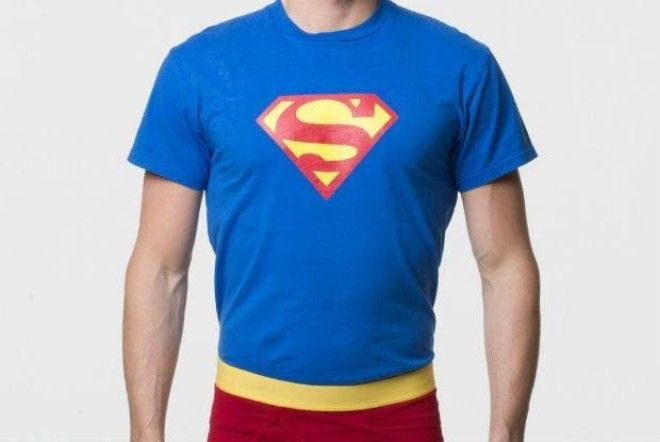
In a little over two years, Weiss’s royalties for Underoos amounted to enough that it kicked in a contractual sale of the line to Fruit of the Loom. He exited with a seven-figure payout, which answered any questions over the wisdom in gambling $64,000 years earlier.
Though Underoos would remain popular throughout much of the 1980s and 1990s, the increased availability of licensed merchandise would relegate them to just another product category. If a kid wanted to be Superman, he could do more than just wear the “S” under a shirt: there were video games, action figures, and cartoons to help complete the illusion.
Weiss also believes the perennial poison of any product—oversaturation—led to a decline in sales. “You can sell Daisy Duke Underoos, but they’re a fad,” he says. “You order more and they start to linger. Then stores don’t reorder Wonder Woman because they have too many Daisy Dukes.”
Fruit of the Loom currently licenses the Underoos brand to Bioworld Merchandising, which operates an e-commerce site and also sells the apparel in specialty and comic stores. Owing to the nostalgia factor, they now come in adult sizes; vintage sets can fetch upwards of $70 on eBay.
Weiss continued in the research and development business, toying with various ideas (a bandana version of Underoos, NFL-themed underwear) and creating concepts for ATM banking. At 77, he has no plans to retire. “To retire is to say I’m through living,” he says.
In the end, the ingenuity of Underoos was not that Weiss upended a category. It’s that he essentially invented a new one. “Kids believe they are something other than what they appear on the surface.
They’re forced into subservient roles in school,” he says. “But when you’ve got a superhero costume underneath your clothes and your teacher tells you to sit up straight, well, you’re Batman. And she doesn’t know it.”
